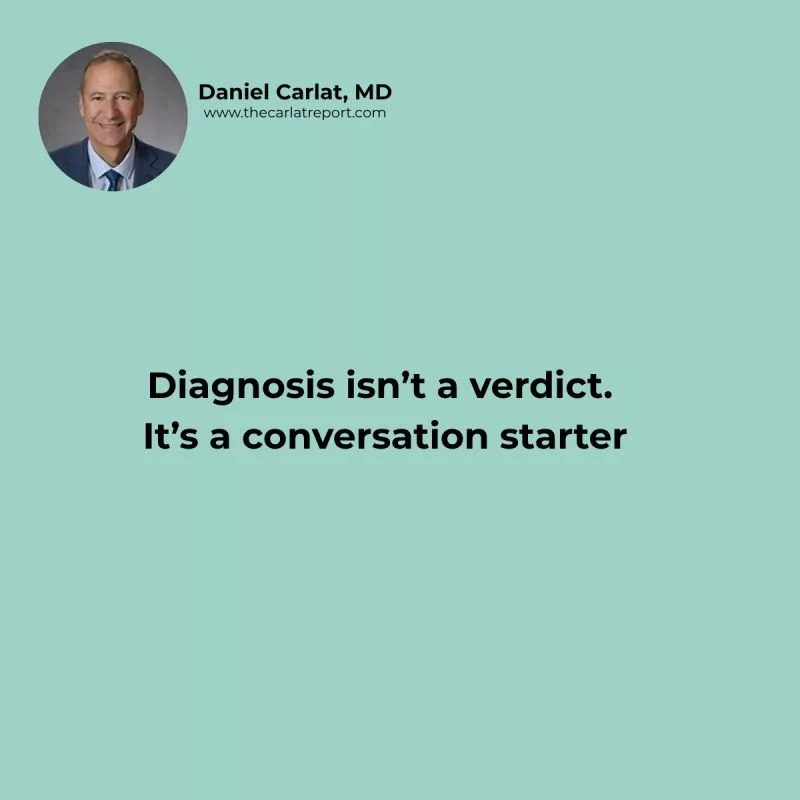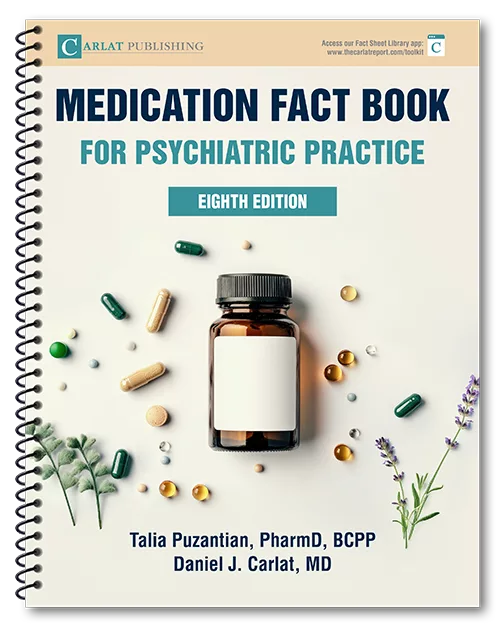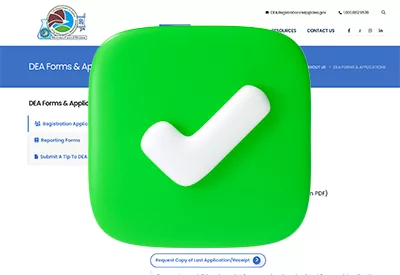You wrote:
“Schizophrenia vs schizoaffective disorder.”
Then you paused.
Not because you weren’t confident in your formulation—but because you remembered: the chart is no longer just for you.
Since the 21st Century Cures Act went into effect in 2021, patients now have real-time access to their health records—including psychiatric diagnoses.
That’s a good thing.
But it means we have to learn new communication tools. It forces us to ask:
What are we writing?
Why are we writing it?
How will it be received?
It also pushes a deeper question:
Are we prepared to talk about diagnoses in a way that patients can actually hear?
We interviewed Dr. Dana Dieringer for an upcoming issue of The Carlat Psychiatry Report to explore this shift.She was clear: withholding a diagnosis doesn’t protect patients—it isolates them.
“There’s this idea that knowledge is harmful. But the evidence doesn’t line up with that. Transparency improves outcomes.”
So how do we do this well?
Dr. Dieringer walked us through a different approach to these hard conversations—one grounded in permission, pacing, and shared understanding.
▸ Ask permission before naming a diagnosis “Would it be okay if I shared what I’m worried about?”
▸ Name the diagnosis clearly—but with compassion “I’m concerned this could be schizophrenia. Would it be alright if I tell you what I mean by that?”
▸ Connect the diagnosis to lived experience “You’ve been saying you feel like you’re being watched—and that’s been taking a toll. I wonder if this is part of what the diagnosis is trying to explain.”
▸ Make space for disagreement “You might not agree, and that’s okay. But I want you to understand where I’m coming from and what’s in your chart.”
▸ Check in—often “Can I pause and ask what’s landing for you right now?”
I’ll be honest—this isn’t how I was trained.
We were taught to observe, document, diagnose.
But now, documentation is communication.
The patient reads it. The family reads it.
It lives beyond the encounter.
So let’s treat it with care.
How are you navigating this shift toward transparency in your documentation and diagnosis delivery?
▸ If this resonates, feel free to share with a colleague
▸ Follow me (Daniel Carlat, MD) for grounded insights in practical psychiatry and communication
Join the conversation on LinkedIn with Dr. Carlat.


_-The-Breakthrough-Antipsychotic-That-Could-Change-Everything.webp?t=1729528747)



